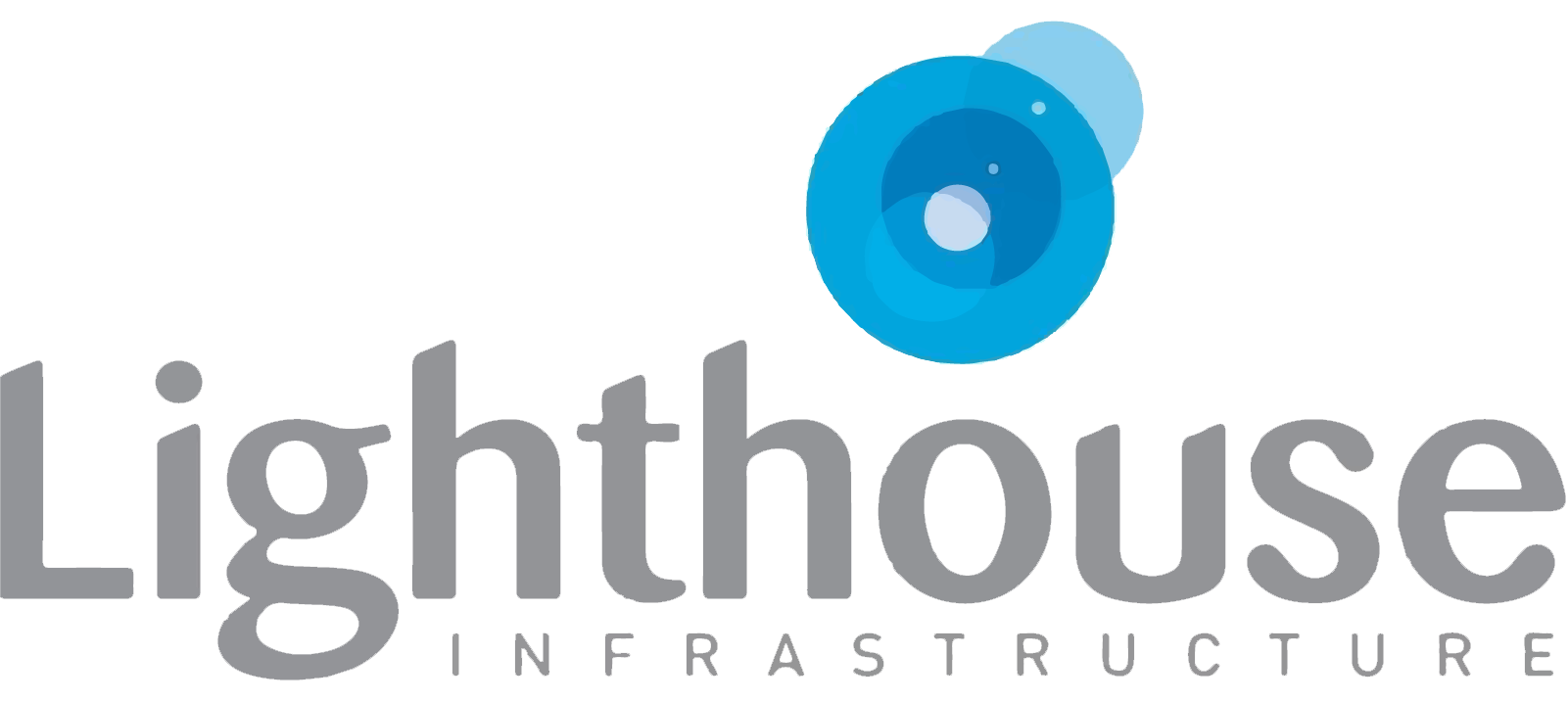Emerald Solar Farm
What are the benefits to the wider community?
Employment
Large scale renewable projects create long term employment (30 yrs+) which is rare in many rural communities. Employment is bolstered not only in the construction and maintenance of renewable projects but all the way through the local business supply chain – including pubs, hotels, B&B’s, café’s, caterers, cleaners, uniform suppliers, fuel suppliers, hardware suppliers, vehicle and machinery servicing and many other businesses. At the end of 2021, 66 large-scale wind and solar projects were under construction or financially committed, representing more than 7 GW of new capacity and 19,000 jobs. The Clean Energy Council estimates that the Australian clean energy industry currently employs about 30,000 people across large-scale renewable energy construction, operation and maintenance, and small-scale rooftop solar. Modelling suggests that the ongoing rollout of renewables could see 604,000 additional direct and indirect jobs created by 2030.
Keeping the price of electricity down
According to Deloitte, Australian households will pay $510 million more for power in 2020 without renewable growth through the RET and up to $1.4 billion more per year beyond 2020. Renewables increase competition in the wholesale energy market – and as in any market, less competition means higher prices. To understand how this works, Powershop have created an excellent YouTube video which can be viewed here. Solar prices have fallen dramatically (from $135/MWh in 2015 to between $44.50 and $61.50 per MWh in 2020*) and large-scale solar is already one of the most attractive options for new generation.
A better environment
Renewable Energy projects do not emit carbon dioxide (CO2), airborne particulates or other greenhouse gas emissions during their operation. As such they generate clean, green electricity over a long period which contributes to making Australia a cleaner and healthier society. At the end of their operational life, renewable infrastructure like solar farms can be removed quickly and easily without a lifetime of residual pollution to deal with. There are no fossil fuel based generators that can do this.
Is solar energy efficient?
There are some websites which seek to discredit renewable energy as a viable, cost effective, efficient energy source. The cost and generation numbers of renewable energy generators speak for themselves. In 2015, renewable energy surpassed coal to become the largest source of global electricity capacity.1 The International Energy Agency is predicting that renewable energy will triple its current generation levels over the next 25 years. In terms of investment in the global power sector, more is being invested in renewable energy than in oil, gas and coal combined (Source: IEA 2015). The world’s major institutional investors and sovereign wealth funds are divesting from fossil fuels and investing in renewable energy, because they understand that renewable energy provides a stable long term means of power generation at a very low cost, with no residual pollution risks and hence risks to their investors/shareholders. As a result of this investment, renewable energy will continue to grow in Australia. In comparison, pure coal companies business interests have shrunk by 60% in Australia since 2012.
Do renewable energy generators get big subsidies?
In Australia renewable energy generators receive income from selling the power they generate, plus they receive an ‘LGC’ (Large scale Generations Certificate), which can be traded for cash value. According to ACIL Allen, LGC’s presently cost the Australia public around $50 on average per year on their energy bills, however this cost is offset by reducing the wholesale cost of power during market price spikes.
By comparison, according to the International Monetary Fund, Australian’s subsidise fossil fuel interests by $41billion or the equivalent of $1,772 per person per year or around 2% of Australia’s GDP.2
Will the development of the solar farm impact the irrigation network in the area?
The development of the Emerald solar farm will not significantly impact the irrigation network in the area. Irrigation water will be safely channelled past the site allowing access to the water by neighbouring landholders. The solar farm will use some water during construction however will be reduced during its lifetime. Any irrigation water usage would only occur under a licence/ permit. An erosion and sediment control management plan and stormwater management plan will be in place over the site.
What is Telstra’s involvement?
The development of the project has been assisted by signing a long term agreement with Telstra who will purchase all of the energy produced by the Emerald Solar Park. This will enable Telstra to benefit from long term energy security and assist in mitigating price risk in its position as one of the country’s largest energy users.
Providing power for 35,000 Queensland homes
1 Source: International Energy Agency - date accessed 10th April 2017
2 Source: IMF Working Paper – 'How Large Are Global Energy Subsidies?'
Emerald Solar Farm respectfully acknowledges the Traditional Owners throughout Australia and their ongoing connections to land, sea and community. We pay our respect to their Elders past and present and extend that respect to all Aboriginal and Torres Strait Islander peoples.

